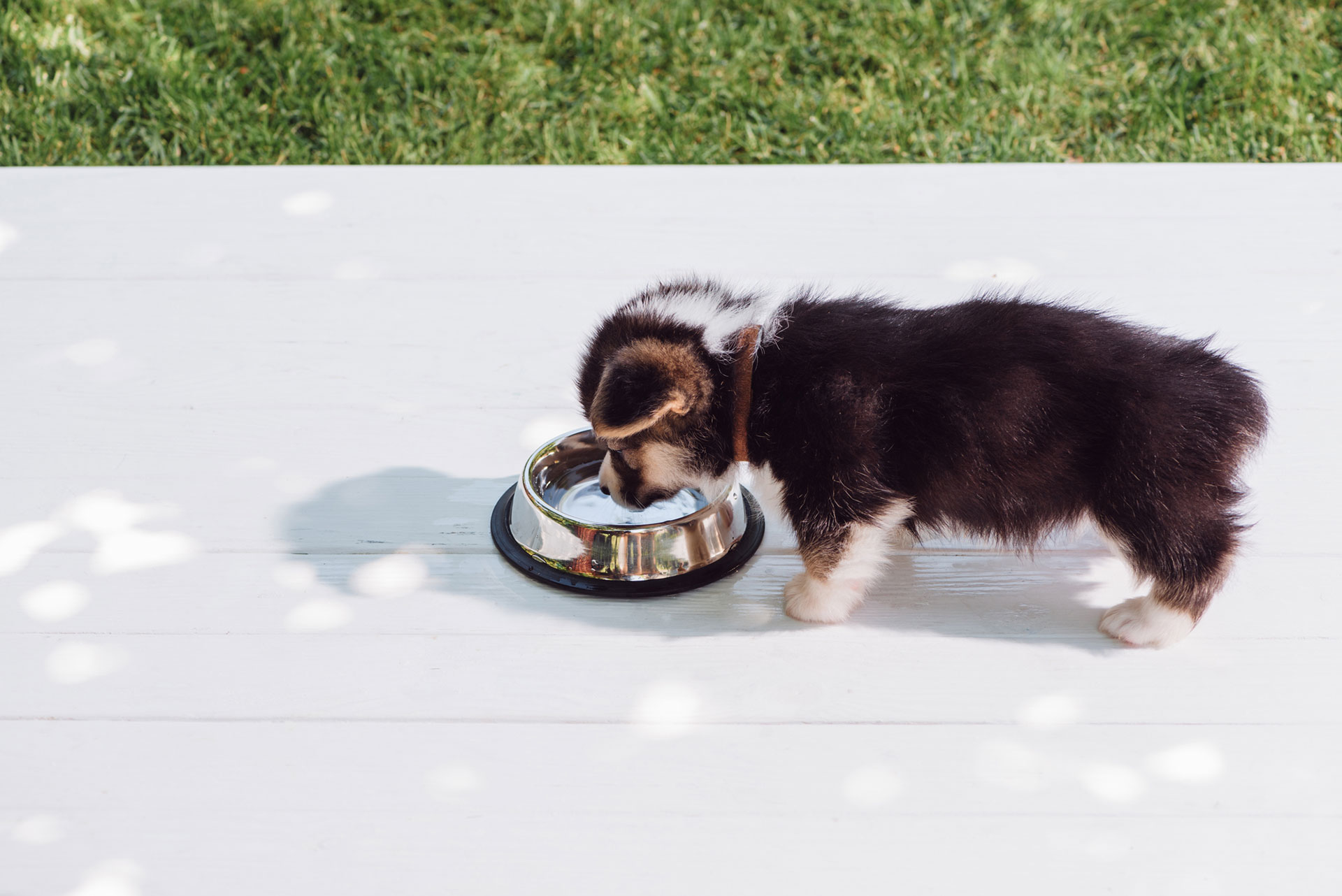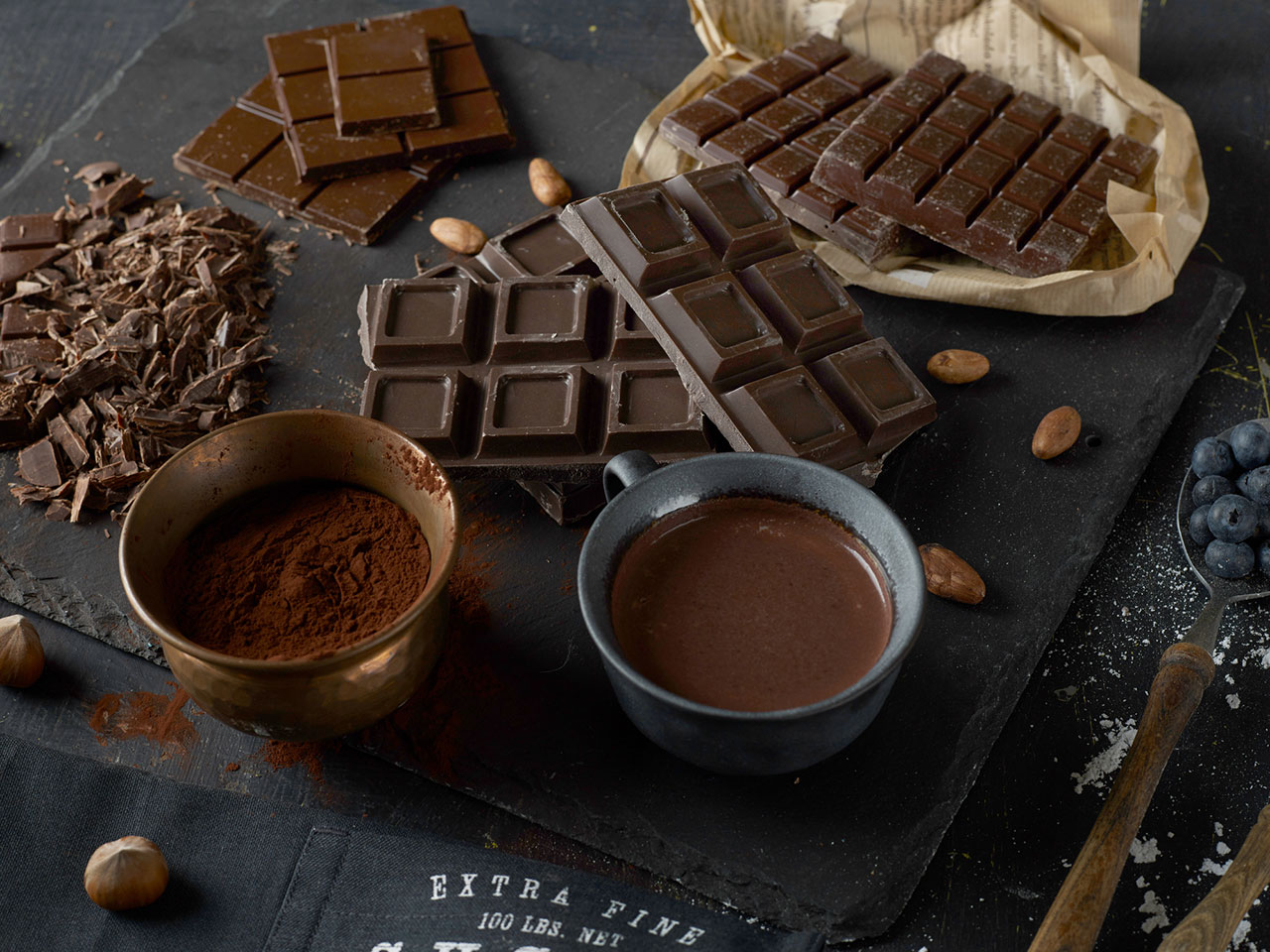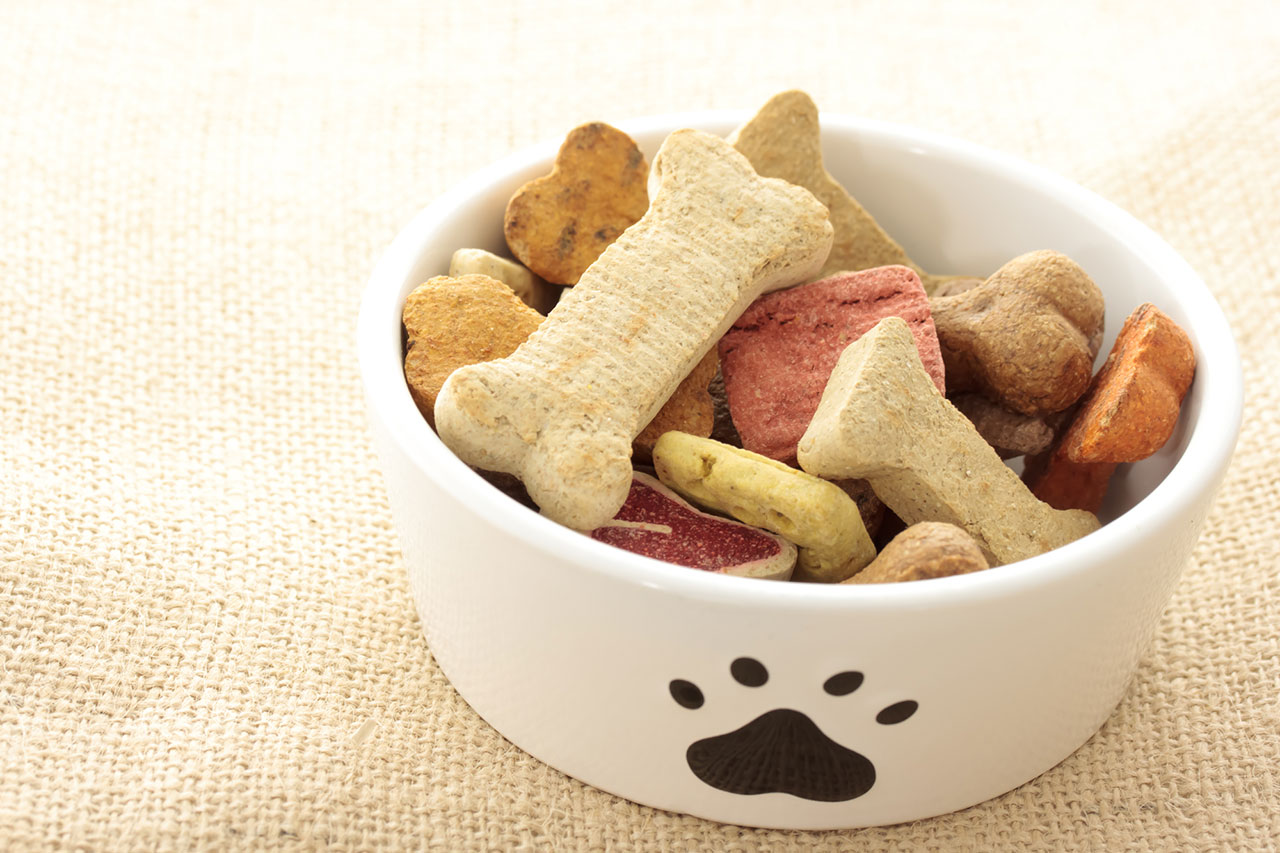How Long Can a Dog Go Without Eating?
Dogs Can Survive Up to Two Weeks Without Food
It’s important to note that despite being carnivores with a digestive system built for meat digestion, dogs can really go without food intake for a couple of days. This information can be very beneficial for dog owners who may find themselves in a situation where they are unable to feed their pets for an extended amount of time.
While it is possible for a dog to go without food for up to two weeks, it is not recommended. A dog will start to experience health problems after not eating for just a few days. After about a week without food, a dog will become weak and lethargic. Their body will start to break down muscle tissue in order to create energy. This can lead to serious health problems and even death.
Signs That Your Dog Is Hungry
Dogs are known as “man’s best friend” for a reason. They are affectionate, devoted, and always delighted to see us. But did you know that when dogs are hungry, they also display some very distinct behaviors? Here are ten signs your dog is hungry and what it means for them.
1. They’re sniffing around more than usual.
When a dog is hungry, their sense of smell becomes heightened, and they’ll start to sniff around more in search of different food. If you notice your dog suddenly taking an interest in your kitchen cupboards or the garbage can, it’s likely because they’re looking for something to eat.
2. They’re following you around more.
Dogs are naturally curious creatures and often follow their owners around out of curiosity. But if you notice your dog seems to be shadowing you more than usual, it could be because they’re hoping you’ll lead them to some food.
3. They’re pawing at you or whining.
When a dog starts pawing at you or whining, that is one of the most typical and clear indicators that they are hungry. This is their way of asking for food, and if you’re not responsive to their requests, they may escalate to barking or even jumping on you.
4. they’re licking their lips or drooling more than usual.
When a dog starts to produce more saliva than normal, it’s usually a sign that they’re feeling hungry. This increase in saliva production helps to stimulate the digestive juices and get them ready for food. Therefore, it’s a good sign that your dog is ready for a meal if you notice them licking their lips or drooling more frequently than usual.
5. They’ve lost interest in their toys or treats.
Dogs that are normally enthusiastic about their toys or treats may suddenly lose interest in them if they’re feeling hungry. This is because their focus is entirely on getting new food, and nothing else is of interest to them.
6. They’re sleeping more than usual.
While it’s normal for dogs to sleep a lot, an increase in sleep can be a sign of hunger. This is because when the body isn’t getting enough nutrients, it will enter into a state of rest to conserve energy. It makes sense to monitor your dog’s nutrition and make sure they are receiving enough to eat if they appear to be sleeping more than usual.
7. They have low energy levels.
Another common sign of hunger in older dogs is a decrease in energy levels. So if your dog seems more sluggish than usual or is having trouble getting up and moving, it could be because they’re not getting enough to eat.
8. They’re losing weight.
To prevent any underlying medical conditions, you should consult a vet as soon as you see that your furry buddy is beginning to lose weight. However, weight loss in some circumstances may indicate that a dog isn’t eating enough. Therefore, if you observe your dog’s waistline shrinking, it’s a good idea to check on their nutrition and make sure they are getting enough calories.
9. Their coat looks dull.
A healthy dog should have a shiny, lustrous coat. But if a dog is not getting enough nutrients, its coat will start to look dull and lifeless. This is because the coat is made up of protein, and when a dog isn’t getting enough protein, the quality of its coat suffers.
10. They’re drinking more water than usual.
When a dog is hungry, its body starts to break down stored fat for energy. This process produces ketones, which can increase thirst. So if you notice your dog drinking much water than usual, it could be a sign that they’re not getting enough to eat.
It’s wise to assess your dog’s diet if you notice any of these following symptoms in them. Consult your veterinarian for advice if you’re unclear about the amount of food your dog requires.
How Much to Feed Your Dog Each Day
It’s hardly unexpected that dogs have various dietary needs because they come in all different sizes and forms. However, the general rule is that you should feed your dog about 2.5% of his body weight daily. So, for example, a 20-pound dog would need about half a cup of food per day.
This is obviously just a basic recommendation, and for the ideal feeding regimen for your dog, you should always speak with your veterinarian. Your dog’s age, level of activity, and any health conditions he may have are some factors that can determine how much you should feed him.
Things to Do to Boost Your Dog’s Appetite
Dogs can get bored of their food just like we do, and their appetite can take a hit when they do. This might lead to weight loss or an inability to put on weight no matter how much you feed them. The following suggestions will help you encourage your dog to eat more while also preserving their general health and happiness.
1. Get them involved in mealtimes
Letting your young puppies help with meal prep can be a great way to get them interested in food. Whether it’s adding their kibble to their bowl or letting them lick the spoon clean after you’ve made dinner, getting them involved will help keep their interest and make mealtime more fun.
2. Try new foods and flavors
Just like humans, dogs can become bored eating the same thing every day. So, mix things up and try serving them new foods and flavors. There are a lot of great healthy dog treats on the market that can help add some variety to their diet while still being nutritious.
3. Keep mealtimes interesting
Make mealtime more fun and interactive for your dog by playing games or hiding their food bowl in different places around the house. They’ll love the challenge of finding their food, and it will help keep them engaged and excited about eating.
4. Make sure they’re getting enough exercise
A tired dog is often a hungry dog. Be sure to give your pup plenty of exercise, so they build up an appetite before mealtime. A good run or play session will help them work up a healthy appetite and be ready to chow down when it’s time to eat.
5. Avoid table scraps
Human food might be tempting, but be sure to give them other type of food instead of table scraps. Future weight gain and other serious health issues may result from this. Instead, stick to their normal food and save the people food for yourself.
6. Don’t free-feed them
If you always leave a regular food out for your dog, they may start to experience loss of appetite. The best way is to feed them on schedule, so they get used to eating at specific times. This will help build up their appetite and make them hungry when it’s time to eat.
7. Stick to a routine
Dogs love routine, so try to stick to regular mealtimes as much as possible. This will help get them into a groove and make them more eager and excited about eating when it’s time for a meal.
8. Avoid overfeeding
If you’re feeding your fur baby too much, they may start to lose interest in their food. So it’s important to find a balance and only feed them what they need. On the other hand, Overfeeding can lead to health problems down the road, so it’s best to avoid it altogether.
9. Add some wet food to their diet
If your dog is mostly eating dry food, adding some wet food to their diet can help increase their appetite. Wet food is usually more flavorful and aromatic than dry food, which can help entice them to eat.
10. Check with your vet
It is better to seek help from your veterinarian if you’ve tried all of these suggestions and your dog is still not interested in eating. They can assist in ruling out any underlying medical issues and provide you with detailed instructions on how to restore your dog’s appetite.
No matter what you do, your dog’s appetite may take a hit from time to time. Some of these ideas might be new to you, but others are tried-and-true methods that always work well.
Foods That Are Dangerous For Dogs
For many people, dogs are considered members of the family. We want to ensure that they are eating a nutritious diet and staying safe, just like we would with any other family member. Knowing which meals are harmful to dogs is crucial because there are many of them. These 15 foods can cause serious health problems in our furry friends. So next time you’re snacking, be sure to keep your pup in mind!
Chocolate
Chocolate is harmful to dogs, as we all know, but many people are unaware of why. Theobromine, a component of chocolate, is poisonous to dogs. Depending on the type of chocolate, theobromine content varies; dark chocolate has more than milk chocolate, while white chocolate has the least. It’s recommended to keep all chocolate away from dogs because even a small bit of dark chocolate can be harmful to a small dog.
Onions and Garlic
Onions and garlic are both parts of the Allium family, which also includes shallots and leeks. These vegetables contain thiosulphate, which can damage a dog’s red blood cells and lead to anemia. Cooked onions are more dangerous than raw, and powdered or dehydrated garlic is the most concentrated form, so it’s best to keep all Allium vegetables away from dogs.
Grapes and Raisins
Dogs who consume raisins and grapes risk kidney failure. The exact reason is unknown, but grapes and raisins should be avoided. It is preferable to completely keep these fruits away from pets because even a small amount might be dangerous.
Macadamia Nuts
Macadamia nuts are often used in cookies and other baked goods, but they’re also dangerous for dogs. An unidentified poison found in these nuts can make dogs throw up, tremble, and even go paralyzed. While macadamia nuts are not as poisonous as some other foods on this list, they should still be avoided.
Caffeine
Coffee, tea, soda, and energy drinks all contain caffeine, which is harmful to dogs. Caffeine can cause restlessness, rapid breathing, heart arrhythmia, and seizures in dogs. It’s best to keep all caffeinated beverages away from pets.
Alcohol
Just like humans, alcohol can be harmful-and even deadly-for dogs. Alcohol can cause vomiting, diarrhea, dehydration, tremors, difficulty breathing, coma, and even death. Never give alcohol to a dog, and make sure to keep any alcoholic beverages out of reach.
Raw Eggs
Raw eggs may contain bacteria like salmonella, which can be harmful to both humans and dogs. Raw eggs also contain an enzyme that inhibits vitamin B absorption, which can lead to skin and coat problems. Cooked eggs are a healthy treat for dogs, but raw eggs should be avoided.
Raw Fish
Dogs may be harmed by bacteria or parasites present in raw fish. It can also cause Vitamin B deficiency and pancreatitis. Cooked fish is a healthy treat for dogs, but raw fish should be avoided.
Dairy Products
Most dogs can safely consume dairy products, including milk, cheese, and ice cream, but some dogs may have allergies to the lactose in dairy. Symptoms of lactose intolerance include vomiting, diarrhea, and bloating. If your dog has these symptoms after eating dairy, it’s best to avoid giving them any in the future.
Avocados
Persin, a component in avocados, is poisonous to dogs. Symptoms of persin poisoning include vomiting, diarrhea, and abdominal pain. Avocados should be avoided, but the flesh of the fruit is less harmful than the pit or skin.
Yeast Dough
Yeast dough can rise and cause gas build-up in a dog’s stomach, which can be painful and even dangerous. Yeast also produces alcohol as it rises, which can lead to alcohol poisoning. The raw dough should be avoided, and the cooked dough should only be given in small amounts.
Citrus Fruits
Citrus fruits like lemons, limes, and oranges contain a substance called citric acid, which can be harmful to dogs. Symptoms of citric acid poisoning include vomiting, diarrhea, and abdominal pain. Citrus fruits should be avoided, but the flesh of the fruit is less harmful than the peel or seeds.
Tomatoes
Solanine, an ingredient found in tomatoes, is poisonous to dogs. Symptoms of solanine poisoning include vomiting, diarrhea, and abdominal pain. Tomatoes should be avoided, but the flesh of the fruit is less harmful than the stem or leaves.
Potatoes
Solanine, a component of potatoes, is poisonous to dogs. Symptoms of solanine poisoning include vomiting, diarrhea, and abdominal pain. Potatoes should be avoided, but the flesh of the potato is less harmful than the skin or eyes.
Candy
Candy is high in sugar and calories, both of which are bad for dogs. Candy can also contain xylitol, a sweetener that is toxic to dogs. Symptoms of xylitol poisoning include vomiting, diarrhea, tremors, and seizures.
It’s important to be aware of the harmful foods for dogs, as some of them may be surprising. Keep these kinds of foods out of their reach and never offer them.
Alternatives to Feeding Your Dog Table Scraps
Dogs will often resort to scavenging through the garbage for food, which can be detrimental to their health. Here are ten alternative foods you can give your dog instead of table scraps that will provide them good health.
1. Dog biscuits or kibble- Dog biscuits or kibble are a great alternative to table scraps because they are specifically designed to meet a dog’s nutritional needs. Most brands contain all of the essential nutrients your dog needs, and they’re usually pretty affordable.
2. Canned dog food- Canned dog food is another option that can be a good alternative to table scraps. It’s generally more expensive than dry food, but it can be a good option for picky eaters or dogs with food allergies.
3. Raw meat- Raw meat is an excellent source of protein for adult dogs and can be a healthy alternative to table scraps. Just make sure you buy meat that is meant for dogs and not raw chicken or turkey, which can contain harmful bacteria and can cause medical problems..
4. Vegetables- Dogs love vegetables just as much as people do, and they can be a great source of vitamins and minerals. Give your dog some chopped-up carrots, green beans, or even broccoli, and they’ll be sure to love it.
5. Fruits- Fruits are another healthy option for dogs, and they make a great snack. Just like with vegetables, make sure you chop them up into small pieces so that your dog doesn’t choke on them.
6. Cooked rice or pasta- For dogs who require a little additional nutrition in their diet, cooked rice and pasta are both excellent choices. They’re easy to digest and provide some complex carbohydrates that can help your dog’s energy levels.
7. Yogurt- For dogs, plain yogurt is a wonderful source of protein and calcium. Additionally, it might soothe an upset stomach. Just make sure you get plain yogurt with no added sugar or fruit.
8. Peanut butter- Dogs love peanut butter, and it’s a great source of healthy fats and protein. Just make sure you choose peanut butter that doesn’t contain any sugar or salt.
9. Eggs- Eggs are another excellent source of protein for dogs and are easy to cook up in just a few minutes. Your dog can either give them whole or after they have been scrambled.
10. Fish- Fish is a great alternative to red meat for dogs, and it’s packed with omega-3 fatty acids that are great for their coat and skin. You can feed them canned fish or cook some fresh fish for your dog. Just be sure to first remove the bones.
These are just a few healthy and delicious alternative foods you can give your dog instead of table scraps. You can contribute to keeping them healthy and content by giving them a balanced diet and the nourishment they require.
The secret to a healthy dog is food that is well-balanced. Just like with humans, proper nutrition is essential for dogs of all ages and stages in life. This means regularly providing your furry friend with the right mix of proteins, carbohydrates, fats, vitamins, and minerals. So what should you be feeding your pup?




